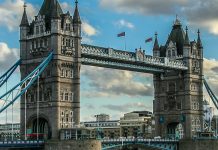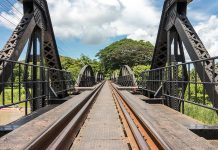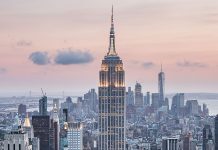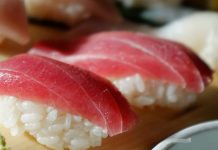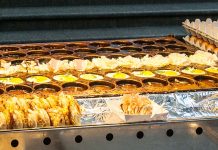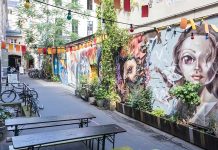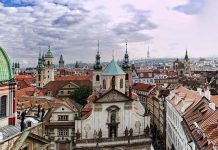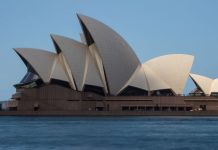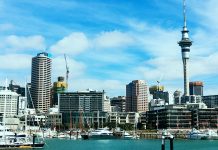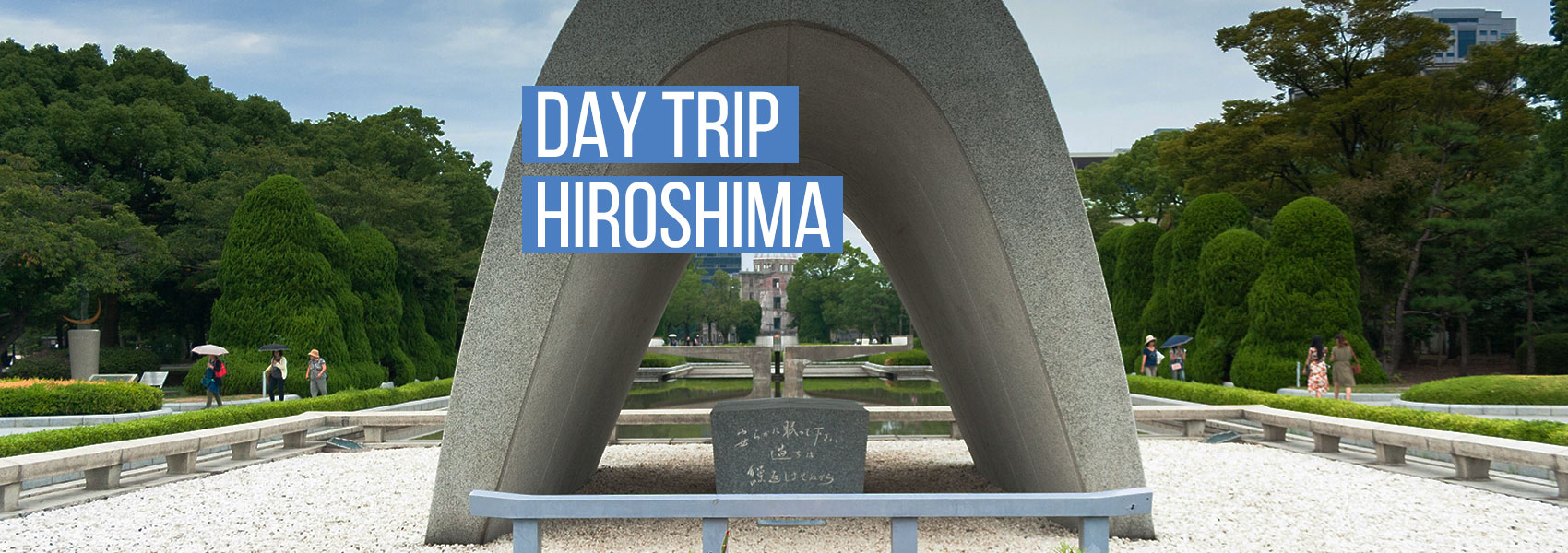The city of Hiroshima needs no introduction. Completely wiped out on August 6, 1945, the city has since rebuilt itself into a thriving metropolis. Amazingly, a few structures and foundations still remain from that infamous day. If you have the chance, I highly recommend visiting. It is an invaluable opportunity to learn about this terrible act of war, and the powerful resilience that the citizens of Hiroshima had in the face of such destruction.
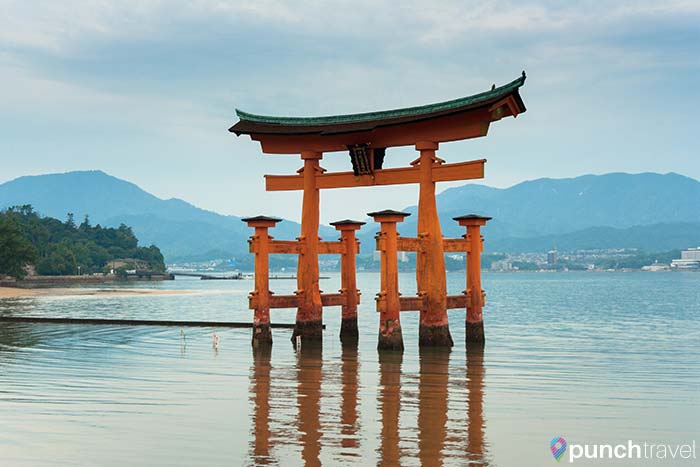
What to See
Peace Memorial Park
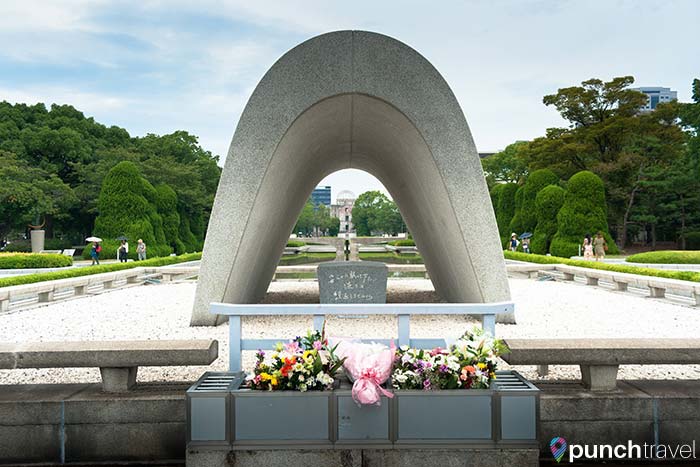
The atomic bomb attack on Hiroshima during World War II is a significant piece of history that greatly shapes how the city is today. As such, starting your visit to Hiroshima with a visit to the Peace Memorial Park is imperative.
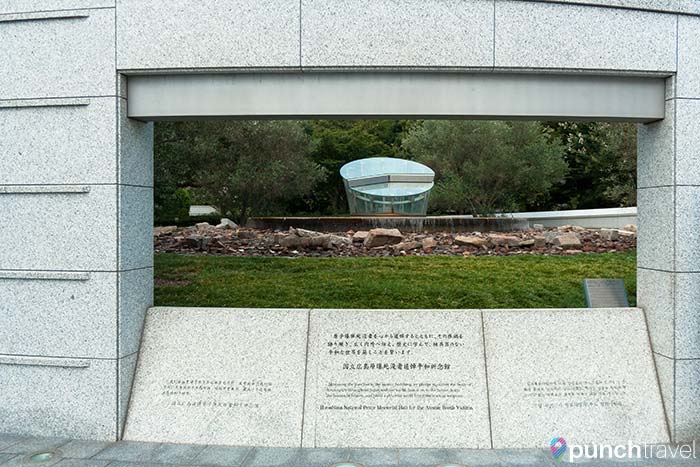
Throughout the park are statues and monuments to those lost during the attack. There are many of them, a testament to how many lives were lost and how many families were impacted.
Atomic Bomb Dome
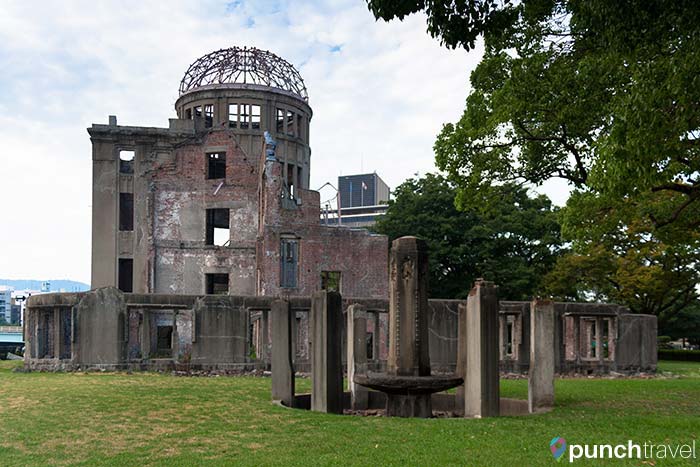
The most commanding monument in the park is the Hiroshima Peace Memorial, commonly referred to as the Atomic Bomb Dome or A-Dome. It is the hollowed-out shell of what was once a government building. Most of the frame is still intact because it was almost directly underneath the hypocenter of the blast.
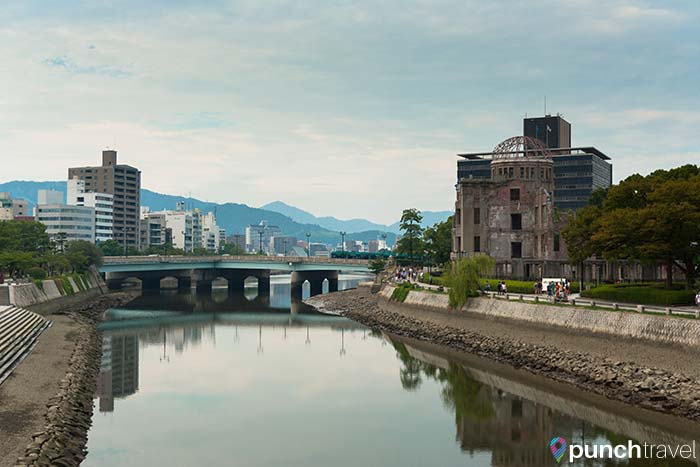
Today, the monument serves as a memorial to all the people that were killed or injured during the atomic bombing of Hiroshima.
Hiroshima Peace Memorial Museum
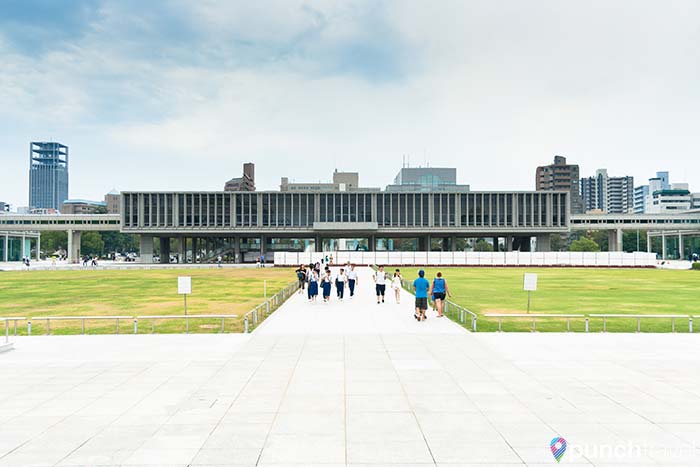
At the opposite end of the park is the Hiroshima Peace Memorial Museum. The museum consists of two buildings and contains information on the victims as well as the political situation at the time of the attack. Although a significant part of the museum is dedicated to artifacts and mementos from those who perished – including many children – there are also exhibits on what nuclear weapons are, why the United States authorized the attack, and forward-looking exhibits on peace and policy-making. Be warned – some of the exhibits can be quite graphic and upsetting.
Miyajima Island
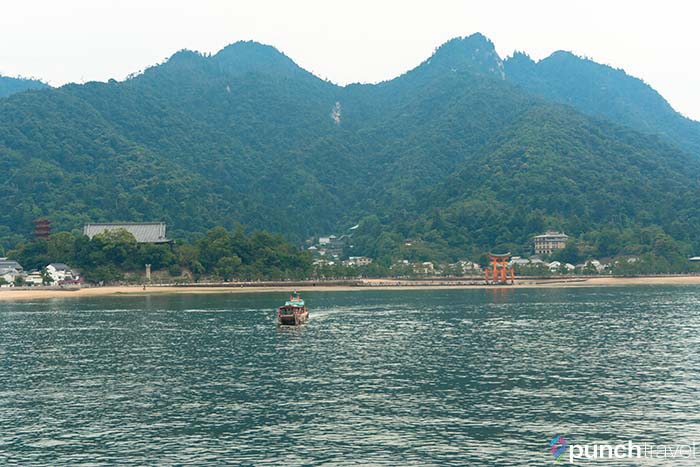
On a lighter note, not far from Hiroshima is one of the most scenic places in all of Japan: Miyajima Island. To get there, take the JR train to Miyajima Station and then transfer to one of two ferries that take you across the water to the small, idyllic island.
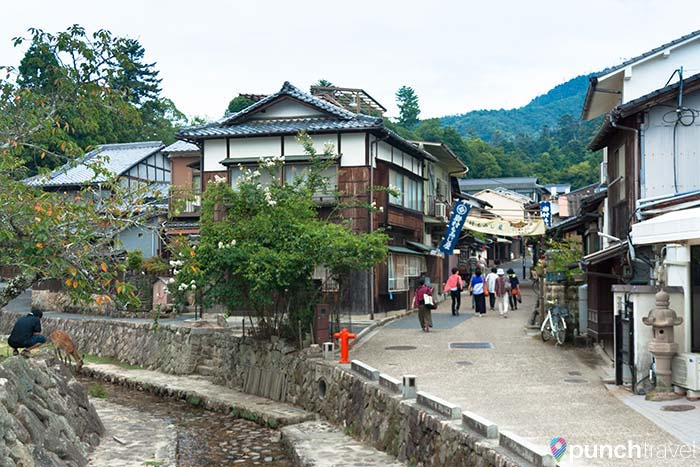
Miyajima is most known for the giant Torii gate and Itsukushima Shrine, both built over the water. Make sure to time your visit with the tide if you want to view them at their most picturesque, when they seem to rise out of the water.
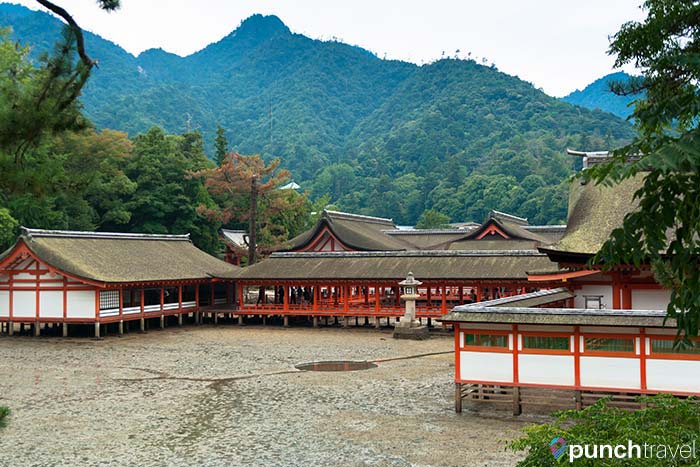
All around the island are wild sika deer. The deer are considered messengers of the gods, and the creatures roam freely, to say the least.
Okonomimura
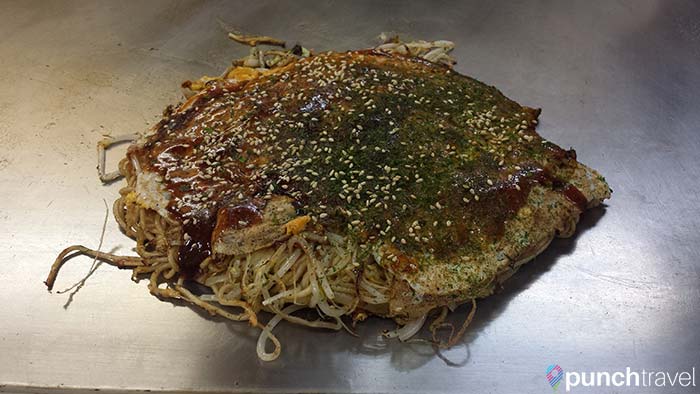
Hiroshima also has a few distinct local delicacies. Don’t miss the chance to try some grilled anago (saltwater eel) or fresh oysters. Another local specialty is the Hiroshima-version of okonimyaki, the savory Japanese pancake dish. Referred to as Hiroshima-yaki, this local version consists of building the dish in layers. First the batter is cooked as the base, then the main ingredients are added along with either soba or udon noodles, and finally topped with an egg. You can find it at one of the many restaurants in Okonomimura, in downtown Hiroshima.
Getting to and around Hiroshima
The best way to get into Hiroshima is by the Shinkansen bullet train. With a Japan Rail pass, it is about five hours from Tokyo. From Osaka it is about 1 and a half hours.
Within Hiroshima, there is a sightseeing bus that loops around the city to all the major sights. It is included with the JR Pass. Without the pass, the fare is ¥ 200 per ride or ¥ 400 for an all-day pass.
Liked this post? Pin it!


